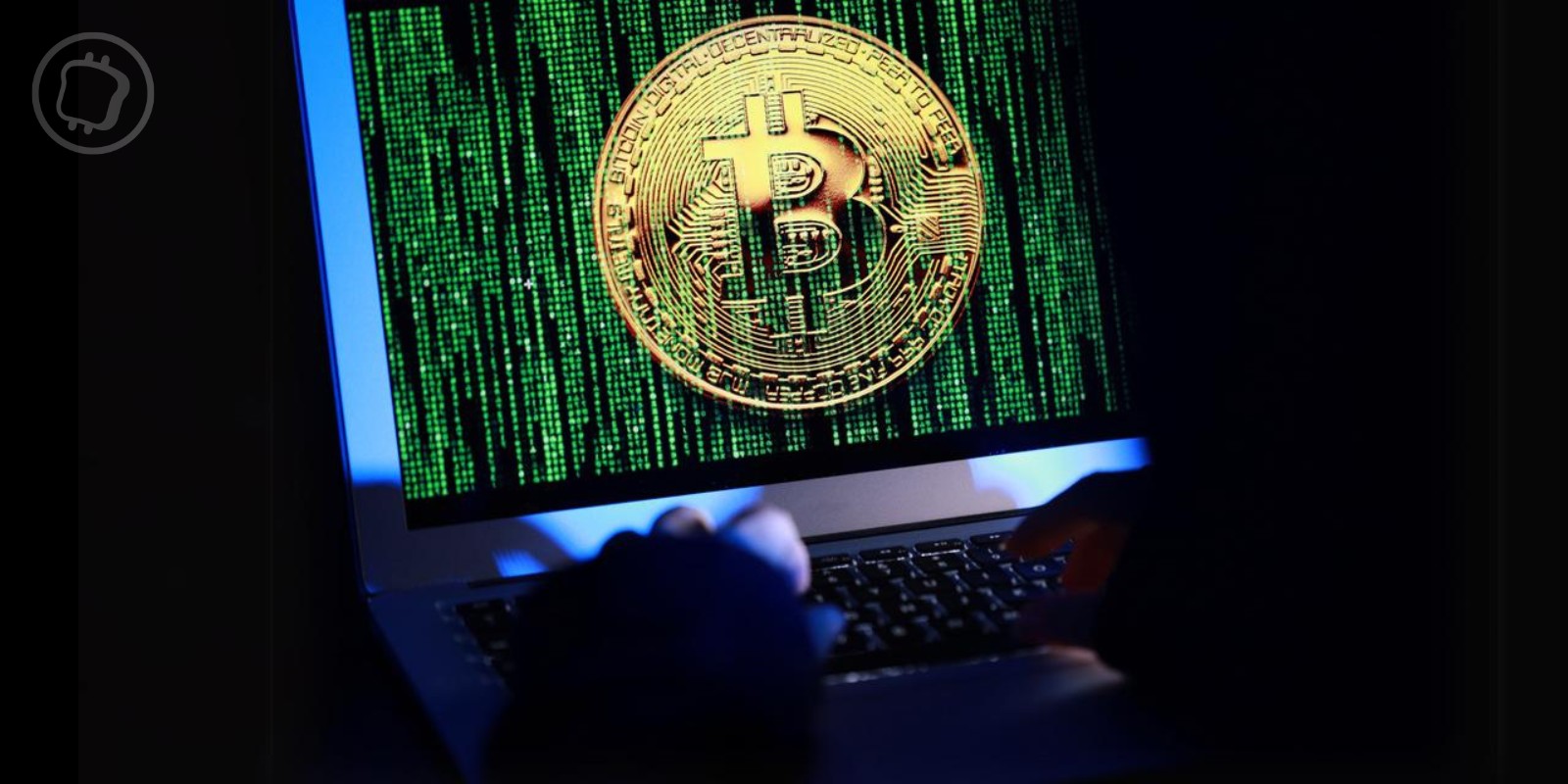
The halving is fast approaching. Experts are divided on what will happen to Bitcoin after this event. Will the price of cryptocurrency explode, stagnate or fall?
The years-awaited event will take place on April 20, 2024: the halving of Bitcoin. The exact time of the event has not yet been decided, but in any case, this halving is a major turning point in the history of cryptocurrency. After the first three halves, the price of Bitcoin rose impressively before falling again.
But today, a few days before the 4th halving in Bitcoin’s history, experts in the sector have their doubts. Many believe that this halving will be different and that it will not have the same effects on prices. Will the price of bitcoin increase after this halving? Will it stagnate? Or will it collapse? These are three possible scenarios.
In order to view it, you must agree to the use of your data by YouTube, which may be used for the following purposes: to enable you to view and share content with social media, to support the development and improvement of the products of Humanoid and its partners, to show you personalized advertisements in relation to your profile and activity, to define a personalized advertising profile, to measure the performance of advertisements and content on this website and to measure traffic to this website (more information)
Scenario 1: Bitcoin price explodes
The first scenario corresponds to what happened during the first halves. In 2012, after the first halving, Bitcoin rose from $12 to $1,207. Then, a few months after the halving in 2016, Bitcoin experienced its first peak, from $650 to $16,000. Finally, in 2020, Bitcoin experienced its biggest increase, reaching $68,000 shortly after the halving.
As Stanislas Barthelemi, manager of KPMG’s crypto division, explains to Numerama, “ In the long run, cutting inflation in half effectively removes $30 million per day from market sellers “.
By becoming more and more scarce over time, Bitcoin artificially maintains its value and therefore becomes more and more expensive. This is exactly what happened during the first 3 halvings, during which the value of Bitcoin exploded.
Speaking to Numerama, Claire Balva, vice president of cryptocurrency specialist Deblock, explains that “ there is a consensus that price reductions are followed by price increases. This consensus is based on the observation that halving leads to a decrease in the rate of supply, hence an increase in prices. It is supported by previous cycles. »
So one scenario for the 4th half is that the value will continue to grow. This is the most popular scenario, but it is not the only one.
Scenario 2: Bitcoin price stagnates
The second scenario is one in which the price of Bitcoin does not increase as much. That’s especially the possibility considered by a study by CoinBase, which estimates that this year’s halving may not boost bitcoin’s value.
The site bases its diagnosis on several facts. First, the very nature of the bisection invites speculation. The study points out that “ While it is possible that the halving has a positive impact on Bitcoin’s performance, there is still little historical evidence of this relationship, making it somewhat speculative. “.

Reason 2: Bitcoin had already surpassed its previous high in March, more than a month before the halving. The craze for cryptocurrencies was fueled by the promise of a halving, but above all by the arrival on the market of new financial products, Bitcoin ETFs. So now that the halving is approaching, the price increase could be much smaller than the increase seen in previous years.
According to Claire Balva, “ many believe that the impact of the halving is getting weaker as the cycles progress. The fraction of bitcoins remaining to be issued declines over time, and the impact of money supply on supply (and therefore prices) declines. So we can imagine that the halving will have a very low impact. »
Scenario 3: Bitcoin price goes down
Last option: halving can reduce prices. The last three halves really created strong anticipation. Many of them have been buying in recent months, hoping to sell higher after crossing the halfway point. However, if no one is ready to buy and if everyone waits in vain for the price to rise, prices cannot rise.
According to Claire Balva, we could witness the effect of “ buy the rumor, sell the news », a phenomenon of speculation that is well known in traditional financial markets. ” This could compensate for the expected decrease in supply and generate a decrease in prices. However, this would be a relatively one-time drop (several weeks or months). »
Is a bigger and longer fall possible? This is highly unlikely. The Bitcoin market is now worth $1.3 trillion. It has been adopted by a large number of individuals and many large companies and institutions have invested in Bitcoin.
So many players are ready to ensure that its value does not fall to around 0. However, it is important to mention the fact that Bitcoin remains hyper volatile: in March, when it just broke its all-time price record, Bitcoin fell by $10,000 in a year. a matter of minutes. Even if it subsequently stabilizes, it’s important to remember that no matter what scenario happens.